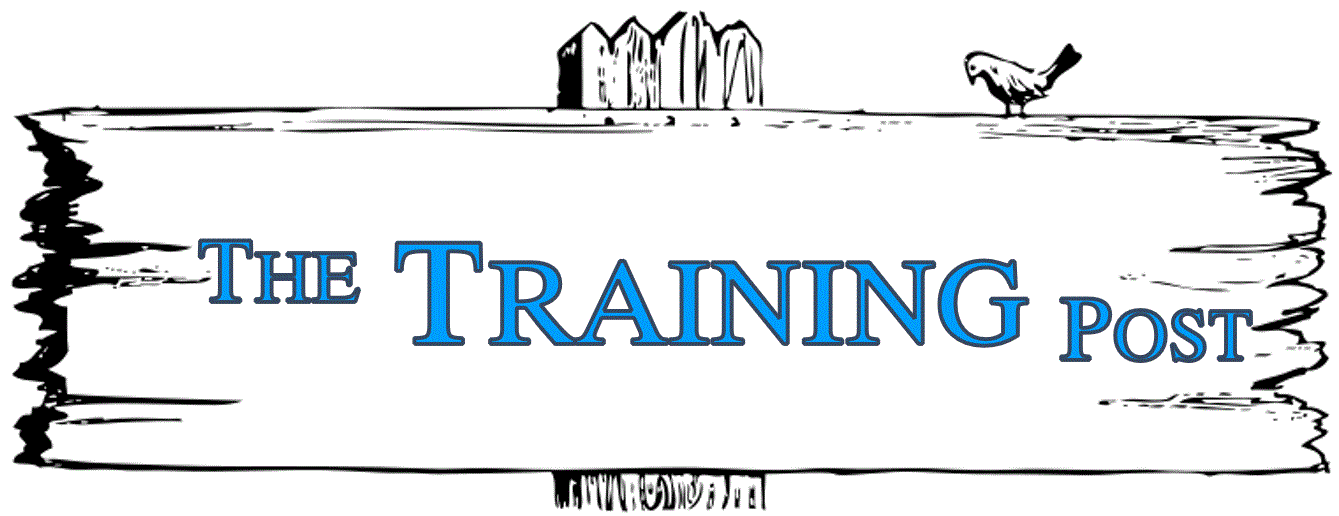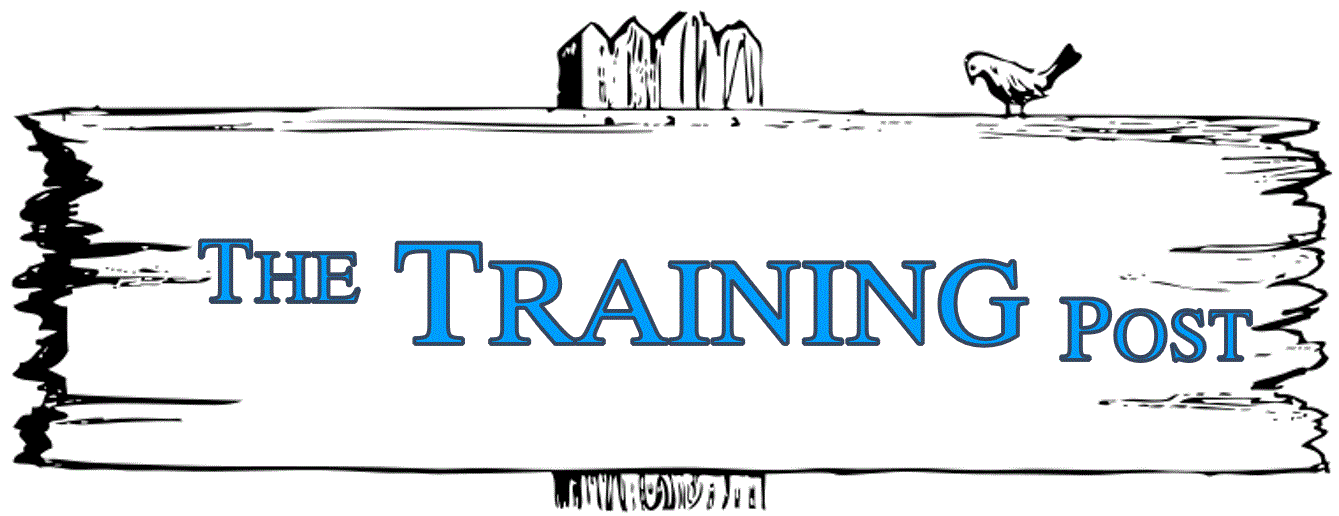Unlocking the Crystal Ball: Why Time Series Analysis is a Data Analyst's Secret Weapon
Let's face it, data analysts love a good puzzle. But what happens when the puzzle pieces are scattered across time, full of cryptic patterns and seasonal whispers? This is the daily challenge of dealing with time series data – the heartbeat of countless businesses. Without the right tools, deciphering these trends can feel like predicting the future with a Magic 8-Ball.
But what if you could do more than just shake the 8-Ball? What if you could understand the intricate dance of time-dependent data and extract valuable insights? This is where time series analysis comes in – not as a mystical art, but as a powerful tool in your data analysis arsenal.
What is Time Series Analysis and Why Should You Care?
In a nutshell, time series analysis is a statistical technique used to analyze and interpret data points collected over time. Unlike other data analysis methods, it considers the order of data points, recognizing that the past can hold valuable clues to understanding the present and predicting the future.
For data analysts, this isn't just about satisfying curiosity; it's about providing businesses with actionable intelligence. By understanding trends, seasonality, and other patterns hidden within time-based data, you can:
- Forecast future outcomes: Imagine predicting sales for the next quarter, anticipating customer demand, or even getting ahead of potential inventory shortages.
- Identify anomalies: Time series analysis helps you spot unusual spikes or dips in your data, allowing you to investigate potential issues, whether it's a sudden surge in website traffic or an unexpected drop in sales.
- Understand the impact of events: By analyzing data from before and after a marketing campaign or a product launch, you can measure its effectiveness and make data-driven decisions for future strategies.
Real-World Applications: Where Time Series Analysis Makes a Difference
The beauty of time series analysis lies in its versatility. Here are just a few examples of how it's being used across industries:
- Finance: Analysts use it to track stock prices, predict market volatility, and manage investment risks.
- Marketing: Understanding customer behavior over time helps optimize marketing campaigns, personalize customer experiences, and improve customer retention.
- Healthcare: Time series analysis can be used to monitor patient vital signs, predict disease outbreaks, and improve the efficiency of healthcare operations.
- Operations & Supply Chain: Businesses can optimize inventory management, anticipate demand fluctuations, and streamline logistics using time series analysis.
Ready to Add Time Series Analysis to Your Toolkit?
Mastering time series analysis can seem daunting, but thankfully, there are numerous resources available to help you get started. From online courses and tutorials to dedicated workshops and books, you can find a learning path that fits your needs and skill level.
Don't let the "crystal ball" of time-dependent data remain a mystery. By investing in your understanding of time series analysis, you'll gain a powerful skill that will not only elevate your data analysis capabilities but also make you an invaluable asset in any data-driven organization.

